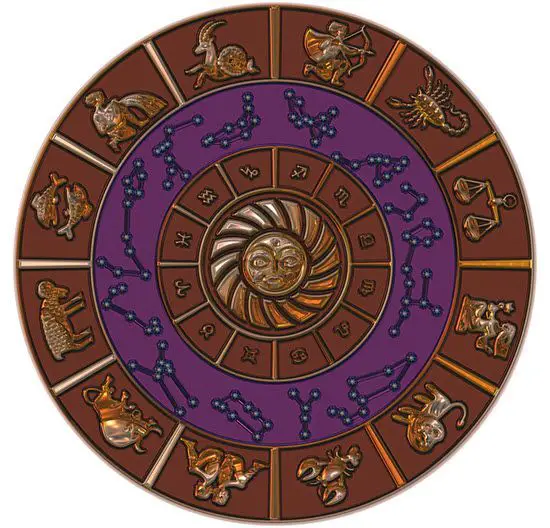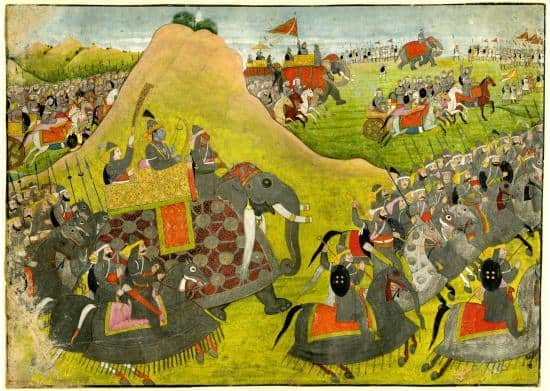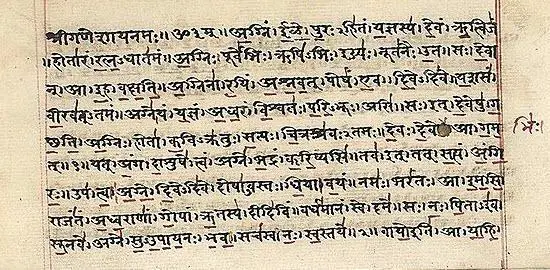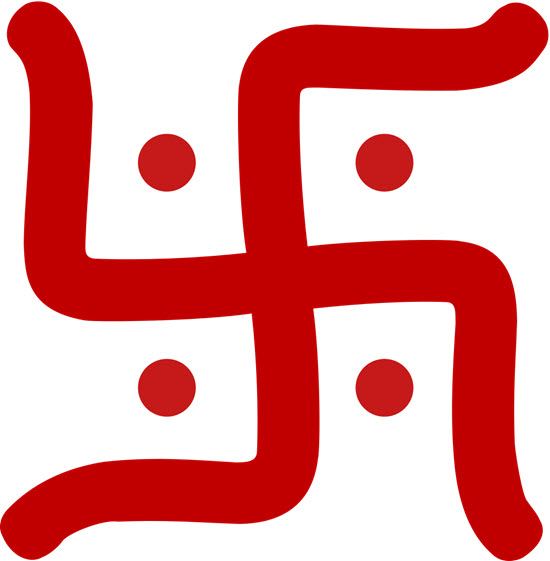Ramayan is the most popular religious text of the Hindus.
However, there are many things in Ramayan about which we are either confused or do not possess much clarity.
These are the questions that continue to linger in our minds and bother us.
Well, it’s a pathetic situation considering the fact that Ramayan is still regarded as the epitome of the Hindu religion.
The answers are important for us as we hold Ramayan close to our hearts.
So, any confusion or myth surrounding Ramayan is not warranted.
All of us are aware that Ramayana is dedicated to Lord Ram.
In fact, Shri Ram is considered to be the incarnation of Lord Vishnu, whose main objective of birth was to eradicate evil forces from earth.
Ramayan depicts the story of Lord Ram and how he saves his wife Sita from the clutches of demon king Ravana. The central characters in Ramayan include Lord Ram, Sita, Laxman, Hanuman, Dasharatha, Kaushalya, Kaikayi, Sugreeva, Vishwamitra, Ravana, Kumbhakarna, and Vibhishana.
Although we know the central plot of Ramayan, many questions remain unanswered which are so crucial in knowing the Ramayan in totality.
So, in this post, we have taken up the questions which you always wanted to know. Here, we have answered some of the important and basic questions about Ramayan.
It’s an endeavor to clarify your doubts about Ramayana.
Let us take up the questions one by one as we go on to provide precise and detailed answers to each of these questions.
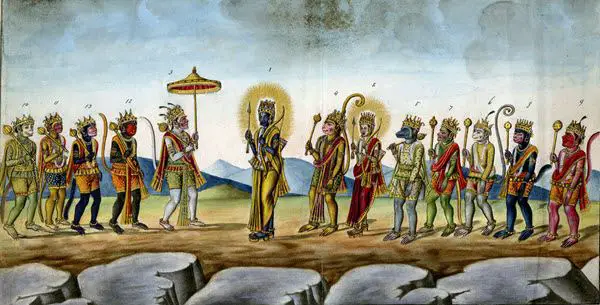
Table of Contents
Who is the writer of Ramayan?
Sage Valmiki is considered to be the original author of Ramayan in Sanskrit. Ramayan is recognized as one of the largest ancient epics in world literature. In the Hindu tradition, Ramayan is known to be the adi-kavya (first poem). It had a profound influence on Hindu life and culture.
Ramayan portrays the duties of relationships, depicting ideal characters such as the ideal father, the ideal brother, the ideal wife, and the ideal king.
In fact, there is an interesting story that describes how Valmiki transformed from a bandit to become a sage. In the beginning, Valmiki was a ruthless bandit, who went by the name Ratnakara. One day, he ambushed sage Narada. When he was about to kill Narada, Narada made him realize that no one would be part of his wrong deeds. He alone has to face the consequences of his wrong actions.
This prompted him to see his mistake. Narada gave him the sacred mantra “Mara” which he chanted and did penance. While chanting the name, “Rama” came out of his mouth. It was the name of the Supreme Lord.
Sage Narada inspired him to write Ramayan, the epic tale of Lord Ram. Thus, Ratnakara was transformed to sage Valmiki and began to write Ramayan. He attained divine knowledge and became a sage.
However, some scholars believe that Lord Hanuman had written the first Ramayana. Lord Hanuman wrote Ramayan when Sita is sent away by Ram. He wrote Ramayan on the crystal floor of the mountains.
Lord Hanuman carried sage Valmiki on his shoulders to the place where he had written Ramayan on the mountain walls. Lord Hanuman asked Valmiki for his comment on the work.
Sage Valmiki was immensely impressed by the writings of Lord Hanuman. Tears started to roll down from his eyes, and he exclaimed, “Now who will care about my Ramayan?”
Hearing this, Hanuman placed all the crystal boulders (on which he had written the Ramayan) on one of his shoulders and Valmiki on the other and flew out to the sea. He dropped all these boulders into the sea, and said, “Let it be an offering to Lord Ram.”
Seeing this, Valmiki was overwhelmed and promised Hanuman that he would take birth in Kaliyuga and sing your praise and tell the story of Lord Ram in the language of ordinary people. Thus, it is believed that Valmiki was reborn as Tulsidas and wrote Ramcharitmanas.
When was Ramayana written by Valmiki?
Sage Valmiki is celebrated as the Adi-Kavi, the first poet, and the author of Ramayan which is considered to be the first epic poem. The Valmiki Ramayan consists of 24,000 shlokas and seven cantos (kandas), including Uttara Kanda. It has about 480,002 words which are a quarter of the length of the full text of Mahabharata.
Ramayan describes the story of Lord Ram whose wife, Sita was abducted by the demon King of Lanka, Ravana. The Valmiki Ramayan has been dated variously from 500 BCE to 100 BCE. However, the fact that it has seen many interpolations and redactions has made it impossible to date it accurately.
When was the Ramayana written?
Before we answer the question, it is important to point out one essential aspect of Hindu scriptures.
In fact, there are two forms of Hindu scriptures.
One is Shruti, and the other one is Smriti.
Shruti means which is born out of hearing.
It includes the major Vedas and Upanishads.
Smriti means the works which are based on memory.
It includes Puranas, epics, as well as Ramayan which falls under Smriti. One essential feature of Smriti is that it is handed down generation after generation through recital and memorizing of verses. These texts passed generations before being written.
As far as Ramayana is concerned, it is believed that it was written 2500 years ago. All scholars and researchers have come to a common conclusion that Ramayan was written before the Mahabharata.
It is believed that Narada initiated Valmiki about the description and story of Lord Shri Ram. It is also said that Brahma blessed Valmiki to tell the entire life of Rama in poetic form. Valmiki started meditating and saw the various episodes that happened in Shri Rama’s life.
How many versions of Ramayana are there?
There are as many as three hundred versions of the Indian epic poem, Ramayan. The oldest version is written in Sanskrit and is attributed to sage Valmiki.
In fact, Ramayan spread to many Asian countries outside of India, including Nepal, Sri Lanka, Burma, Thailand, Indonesia, Malaysia, Cambodia, Japan, Vietnam, Mongolia, Laos, Philippines, and China.
The original Valmiki Ramayan was adapted or translated into various regional languages and were characterized by plot twists and thematic adaptations. Examples of the important adaptations of the original Ramayan include the 12th century Tamil language – Ramavataram, the 14th century Telugu language Sri Ranganatha Ramayanam.
Some of the important Sanskrit versions of the Ramayana are as follows:
- Adhyatma Ramayana
- Vashishta Ramayana
- Ananda Ramayana
- Agastya Ramayana
- Adbhuta Ramayana
When was Ramcharitmanas written?
Ramcharitmanas is regarded as one of the greatest works of Hindi literature. It is an epic poem in the Awadhi dialect of Hindi which goes on to describe the story of Lord Ram.
Ramcharitmanas was composed by the great Indian bhakti poet, Goswami Tulsidas (c. 1532 – 1623) in the sixteenth century.
Ramcharitmanas is rightly described as “the living sum of Indian culture” and “one of the best works of medieval Indian poetry.” It is one of the greatest books of all devotional literature.
Although Tulsidas was a great Sanskrit scholar, he wanted that Ramayana (story of Ram) should be easily reached to the general masses and not just the Sanskrit-speaking elite. So, he decided to pen down the story of Lord Ram in Awadhi, a local dialect of Hindi, which was prevalent in large parts of north India.
Tulsidas withstood criticism from Sanskrit scholars of Varanasi for being a vernacular poet, and finally, his work was accepted by all. Ramcharitmanas gave the common man the story of Ram in their own dialect which they can sing, meditate, and rejoice upon. It heralded the cultural tradition of Ramlila, the dramatic enactment of the text.
How many slokas are there in Ramayana?
There are about 24,000 slokas in Valmiki Ramayana.
The first sloka and then every 1000th sloka start with the letter in Gayatri mantra of 24 letters.
In what script Ramayana was written?
Ramayana was written in Devanagari script.
However, in the beginning, it was transferred from one generation to other through Guru Shishya Parampara.
Was Valmiki Ramayana written in Vedic Sanskrit or Classical Sanskrit?
Valmiki Ramayan follows an intermediary pattern between Vedic Sanskrit and Classical Sanskrit. In fact, Valmiki Ramayan was written in a newly invented metrical system. So, it is the boundary line between Vedic and Literature Sanskrit. That’s why Valmiki came to be known as “Aadi Kavi,” the first poet (of Sanskrit).
Here, we have tried to answer some of the very important questions related to Ramayan. It’s an endeavor to clear your doubts and questions that you had about Ramayan. We hope that we have succeeded in our efforts.
Ramayan is one of those religious texts that kindle our love and devotion to the Almighty God. Ramayana is one of the best scriptures to sing the glory of Lord Ram. It shows you the path of “bhakti.” We hope that Ramayan proves an inspiration for you as you move along the religious path to attain the love and blessings of Lord Ram.

